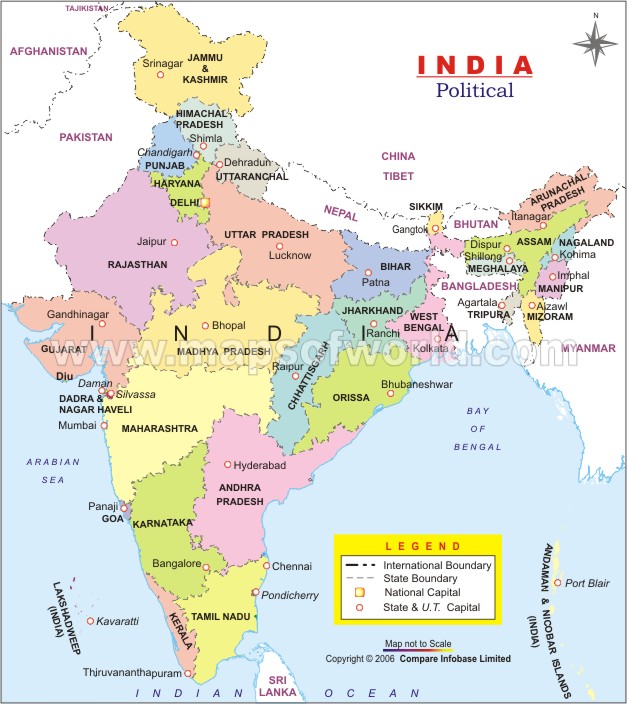
Ghandi- India's decolonization
After WW1, Indian National Congress staged demonstrations against British Rule but India still had problems achieving independence.
India was divided by religion since Hindus and Muslims both still existed, however the Muslims were scared because they were seen as a minority. Britain would not let go of India because it was worth too much to them. They began to arrest people in India without cause.
British government had outlawed large gatherings and 10,000 unarmed Indians assembled a walled garden in Armritsar. 400 people dead, 1,200 wounded by British.
India was divided by religion since Hindus and Muslims both still existed, however the Muslims were scared because they were seen as a minority. Britain would not let go of India because it was worth too much to them. They began to arrest people in India without cause.
British government had outlawed large gatherings and 10,000 unarmed Indians assembled a walled garden in Armritsar. 400 people dead, 1,200 wounded by British.
Ghandi rose as a pacifist leader of the Indian nationalists and educated in England and practiced law he believed in civil disobedience to solve problems. He refused to support the British by buying their goods. The British government arrested Gandhi in 1922 and India had little success until he returned in 1930.
When Ghandi was released the British government had control of salt mines and ocean salt fields and Indians were unable to gather their own salt. Ghandi led thousands on a march from Ahmadabad to the seas – 200 miles.
British arrested thousands of Indian people, but not Ghandi.


No comments:
Post a Comment